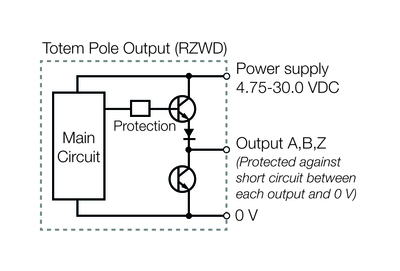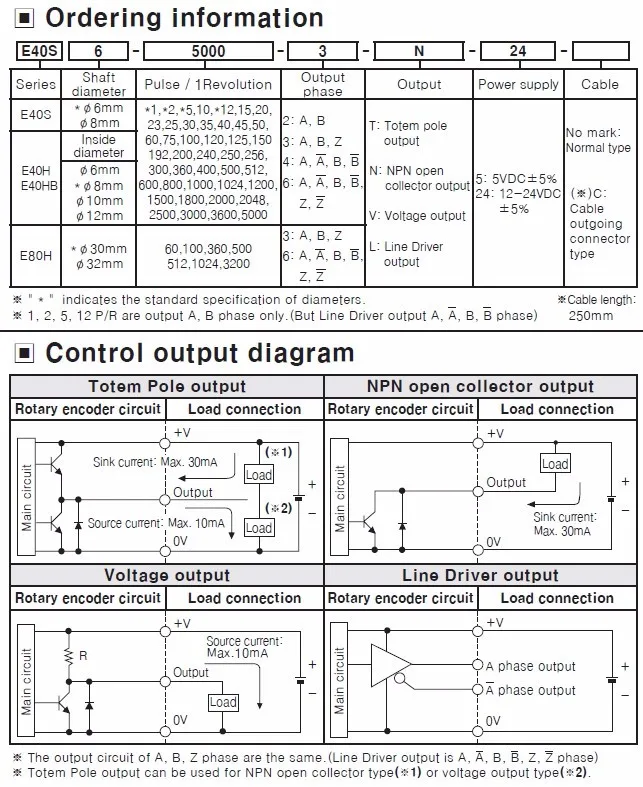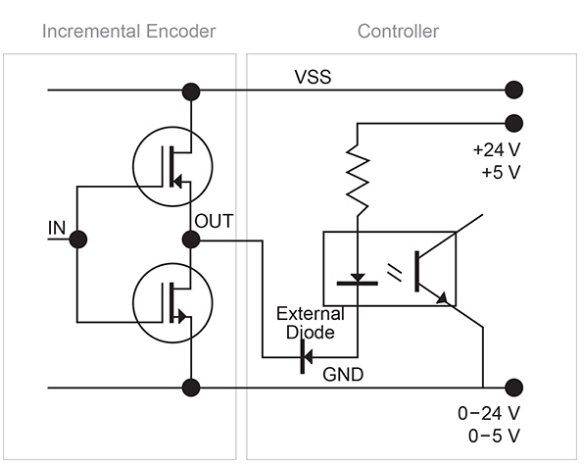

When selecting an incremental encoder, you must determine which type of output is required to be compatible with the device that will be receiving the encoder signals.

There are three different types of incremental encoder outputs.

Incremental encoders are typically used in industries such as packaging, printing, conveyors and converting for speed and velocity control. By counting the pulses with the output data, the current position can be determined. Incremental encoders outputs are either a square or a sine/cosine wave and are transmitted to a control unit for each rotation. Incremental encoders’ position is defined by the number of pulses per rotation. This encoder type is generally used in transport logistics, robotics, and other applications where controlling and monitoring the exact position is important. The code pattern is used to reference a specific position to a control unit. What are the differences?Ībsolute encoders give an absolute position because of the unique code pattern assigned to each angle increment. Once they have generated information, it’s then presented in the output form of digital signals. Encoders come in two types: absolute and incremental encoders.


 0 kommentar(er)
0 kommentar(er)
